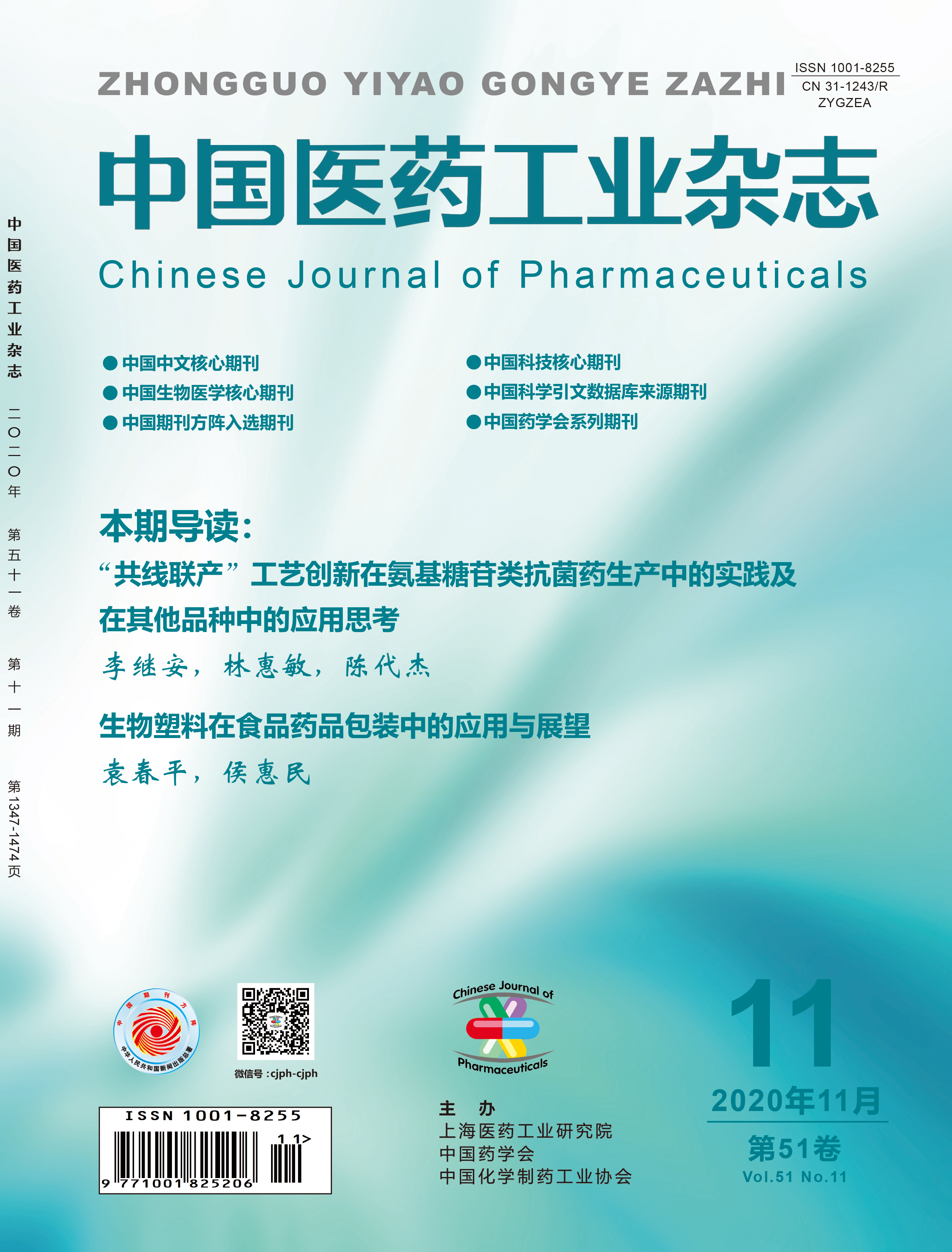Paper
YU Liguo, SUN Guangxiang, ZHANG Yunran, ZHU Yijun, WANG Bing
In order to control the quality of clozapine, six related substances, namely 8-chloro-5,10-dihydro-11Hdibenzo[ b,e][1,4]diazepin-11-one(related substance A), 11,11'-(piperazin-1,4-diyl)bis(8-chloro-5H-dibenzo[b,e][1,4]- diazepine)(related substance B), 8-chloro-11-(piperazin-1-yl)-5H-dibenzo[b,e][1,4]diazepine(related substance C), [2-[(2-amino-4-chlorophenyl)amino]phenyl](4-methylpiperazin-1-yl)methanone(related substance D), 8-chloro-11- (4-methylpiperazin-1-yl)-5H-dibenzo[b,e][1,4]diazepine-1-oxide(related substance E) and 11-(4-methylpiperazin-1- yl)-5H-dibenzo[b,e][1,4]diazepine(related substance F), were synthesized based on the synthetic process of clozapine. Among them, the synthetic method of related substance F has not been found in literature. The structures of the above related substances were confirmed by ESI-HRMS and 1H NMR.
